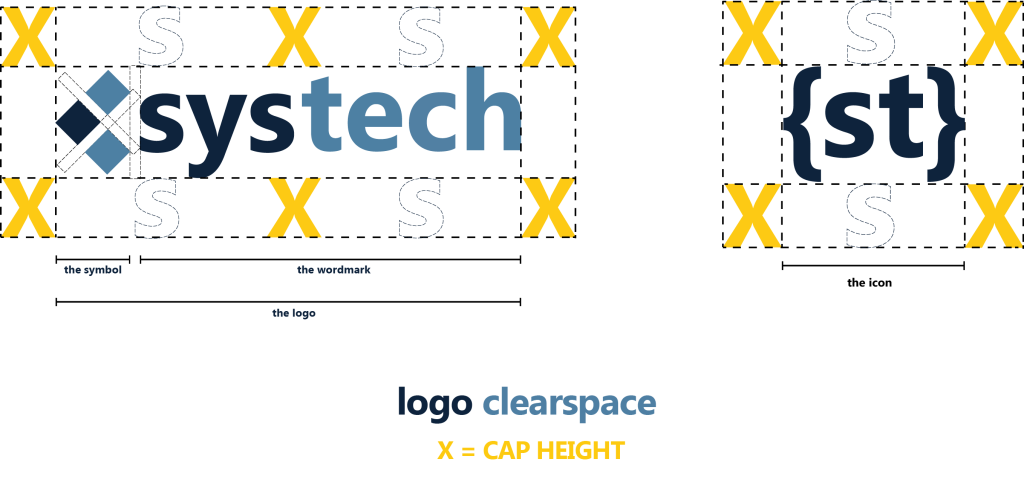Structured Cabling
Our certified low‑voltage engineers design, install, and certify scalable cabling solutions—from Cat6 to fiber optics—ensuring reliable voice, data, and wireless connectivity that grows with you.
Structured Data Cabling Services
- Voice and Data Cabling Installations Cat-5, 5e, 6, 6a, 7, 7a
- Voice Phone Lines
- Voice Fax Line
- Voice and Data Patch Cables
- Voice and Data cabling Clean Up
- Voice and Data Telecommunications Room built out
- Voice and Data Cabling Services, Pathways Installations, and Repair
- Voice and Data Cabling enclosure and Cabinets
- Voice and Data Cabling Racks installations
- Voice and Data Cable Certification
- Voice and Data Demarc Extension
Infrastructure Services
- Office
- New Construction
- Equipment Rooms
- Telecommunication Rooms
- Data Centers

licensed and certified
low-voltage engineers
Systech Consulting will provide you with the best Structured Cabling System for any situation.
We are a Low Voltage Specialty Certified Licensed Contractor with more than 50 years of experience in the field installing all types of cabling systems. We are able to install from one to thousands of cables in any environment.
Our experienced certified technicians will make sure that your installations are done following the most recent electrical codes, standards and regulations.
A cabling system should be a long-term investment, so be sure that it is properly designed to avoid future network problems. By hiring Systech Consulting as your licensed & certified cabling installers, we’ll ensure your cable network is reliable and will meet or exceed your voice and data needs.
The best Structured Cabling System for any situation
Structured Cabling and Its Importance
The demand for a business’s cable network has only increased since the emergence of personal computers, laptops, and VoIP calling services. At a time when point-to-point cabling was the only option, structure cabling emerged as the technological savior everyone needed.
With point-to-point cabling, each piece of hardware had its own cable. The cabling practically ran from one end of the room to the other. This would result in a disorganized mess of wire and cables that could be disconnected accidentally or cause tripping hazards.
Structured cabling solutions were developed as a solution to this, as well as to meet the growing demand for speed and bandwidth. Today, they exist as the ideal solution for a business’s network.
Structured Cabling Today
The electrical sector has developed a specialty as technology has advanced from simple wiring for telegraph and telephones to complex structured cabling networks for data, voice, audio/visual, wi-fi, and other applications.
Commercial construction businesses understand that new building electrical needs go beyond lights and outlets and that most electrical contractors do not train their workforce in low voltage expertise. They hire a qualified specialist contractor to design, build and install structured cabling infrastructures that will deliver efficient and optimum communication and digital technology network performance.
It is this building or campus telecommunications cabling infrastructure that is referred to as structured cabling. Usually made up of a number of smaller, standardized components, structured cabling exists as a sequence of patch panels and trunks. This enables hardware ports to be connected to a patch panel at the rack’s top. Then, through a trunk in the MDA, the patch panel is connected to another patch panel.
Structured cabling’s key feature, however, is the MDA (Main Distribution Area). It provides a location for all MACs (Moves, Adds, and Changes) to be made via patch cords of short length.
A correctly designed and equipped structured cabling system creates an infrastructure that delivers stable performance while also being flexible enough to accommodate moves, additions, and changes; it also increases system availability, provides redundancy, and future-proofs the cabling system’s usability.
In short, the structured cabling system, unlike the traditional point-to-point cable method, can avoid the tangle of wiring and transmit expanding data at rapid rates. It is an important part of the communication infrastructure. The following are some of the advantages:
Efficient
Structured cabling is adaptable, allowing for quick moves, additions, and adjustments. It cuts down on both installation and maintenance time. What’s more, due to the fact that moves, additions, and changes are done in the MDA rather than dragging long patch cords from equipment racks, they are also much easier to manage.
Saves Money
Structured cabling is a straightforward, organized cabling arrangement. It can save money on power and maintenance by avoiding the costs of locating and rectifying.
Reduces the Downtime Risk
When people manage various, unstructured cabling arrangements, there is a great risk of human error. These errors can disrupt traffic and cause network outages. Structured cabling is well-organized and easy to locate, minimizing the potential of downtime.
Appealing To The Eye
A structured cabling system will seem considerably cleaner than a point-to-point wiring arrangement. Because the changes are made in the MDA rather than the hardware, the hardware may usually be cabled up and not modified. This preserves the aesthetic appeal of the cabling in front of the switch.
Systech is a leading expert in structured cabling networks, and can help you install, maintain, and troubleshoot your business’s cabling infrastructure. With decades of experience in the IT industry, our experts are always ready to help.
see how systech can help your business
At Systech Consulting, our mission is to deliver reliable and cost-effective solutions through innovation and advancements in technology. We value honesty, integrity, loyalty and delivery as we aim to provide you with the most efficient design so that you can operate and grow your business without technology or infrastructure standing in your way.
Since 2017, Systech Consulting has been the leading IT consulting and Structured Cabling Contractor in the region, serving businesses of all types and sizes in Oregon. We offer everything from remote and onsite IT helpdesk support, 24 x 7 x 365 network monitoring to cybersecurity assessments and cloud migrations.

